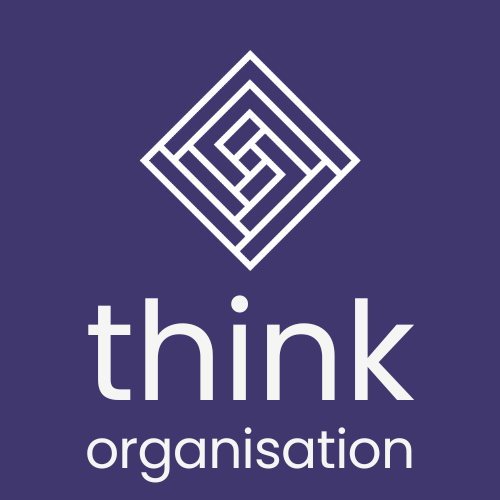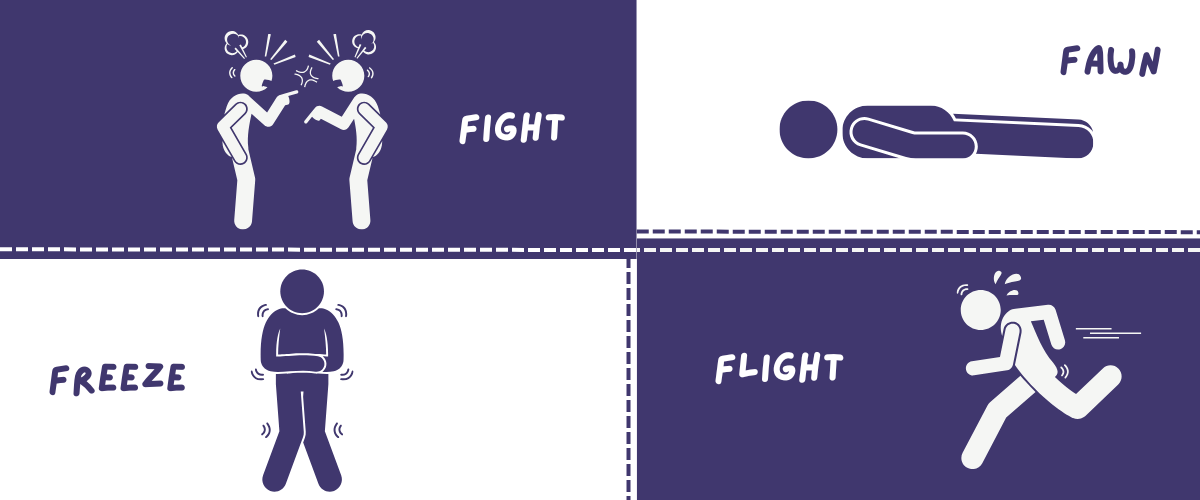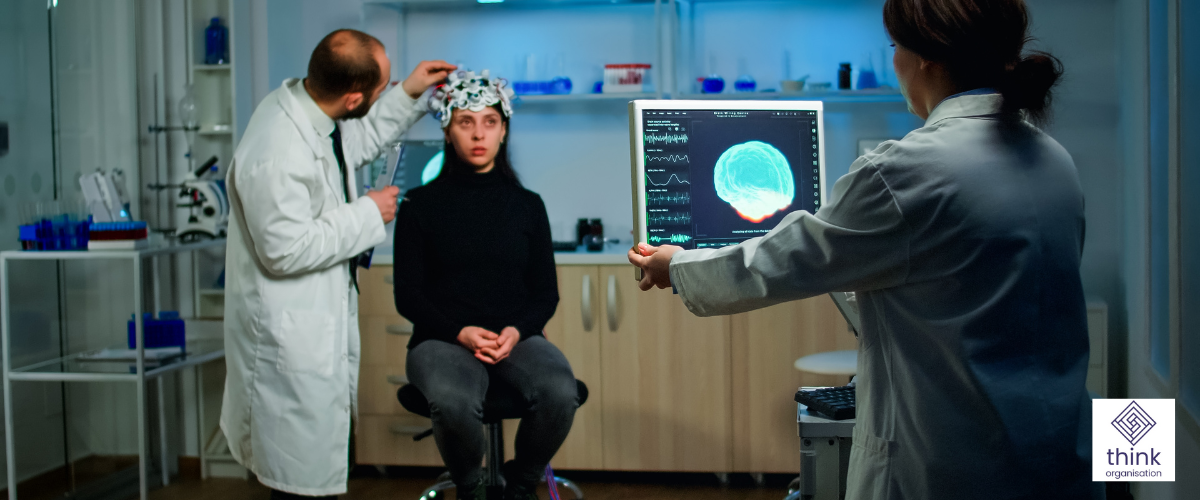Words convey how we think by serving as vessels for our thoughts, ideas, and perceptions, reflecting our cognitive processes and the depth of our understanding.
Words create reality.
The co-founders of Think Organisation took many months to agree what the Think Organisation should be called because of the power of words. Words possess immense power, shaping beliefs, emotions, and actions. They inspire, console, educate, and influence. With words, we connect, heal, and build. They reflect culture, shape identities, and preserve legacies. Words empower, transform, and define the human experience, resonating deeply within hearts and minds.
Why is the word ‘think’ so important to organisations?
The word ‘think’ is vital to organisations as it prompts critical analysis, innovation, and strategic decision-making. It fosters a culture of creativity, problem-solving, and continuous improvement. Through thoughtful consideration, teams devise effective solutions, anticipate challenges, and adapt to dynamic environments, driving success and sustainability. Everyone in an organisation needs to think.
Successful organisations provide structure, employment, and invaluable societal contributions. They offer goods, services, and innovation, shaping communities and driving economies. Through collaboration and purpose, organisations fulfill needs, foster growth, and drive progress, enhancing quality of life for individuals and society. Every organisation needs people to exist.
Everyone has a brain.
People’s brains power organisations, driving innovation, collaboration, and productivity. Individuals bring diverse skills, perspectives, and creativity, while collective intelligence shapes strategies and solutions. Successful organisations harness human potential, fostering growth and adaptability to thrive in dynamic environments, creating value and benefiting society as a whole. Because every person has a brain, which processes information, everyone needs to think.
Everyone needs to think.
This act of processing information is called thinking. If someone has a particular belief, opinion or idea about someone or something this is a thought. Thinking is the cognitive process of analyzing, evaluating, and synthesizing information to make decisions, solve problems, and generate ideas. It is the foundation of innovation, problem-solving, and strategic planning. The power of thinking lies in its ability to drive creativity, adaptability, and progress, shaping individual and organizational success.
Every organisation has people.
This is the only truth about any organisation. In fact, no organisation can exist without at least one person. Even the word organisation is important – it means a group of people with a particular purpose. This could be business, a charity or a government. The key is that people work together in an organised way towards a shared purpose. A school is an organisation. A social enterprise is an organisation.
Many businesses function but don’t have a truly shared purpose. How can you be successful if you don’t know the purpose of your organisation? Profit is not purpose. It is an output. People and planet will not survive if profit is the purpose, neither will the organisation.
Organisations need sustainable thought.
Organisations need a clear purpose to flourish sustainably. A shared purpose aligns teams, energises efforts, and fosters resilience amid challenges. It guides decision-making, inspires innovation, and attracts talent and stakeholders who resonate with the mission. Purpose-driven organisations cultivate loyalty, trust, and societal impact, essential for long-term success and survival.
Think Organisation
These two words bring together the essence of helping people. Helping people to understand themselves, and others. By doing this Think Organisation empowers organisations to prosper and thrive. Everyone can be more effective using the power of psychology. Harnessing the science behind behaviours, emotions, and motivations allows companies to create environments and cultures where every individual prospers and grows – enabling the collective to benefit.
Organisations need to think. Humans need organisation.
Envision a thriving work environment where individuals collaborate, support one another, and freely express themselves. Here, using their intellect to innovate and tackle organisational challenges is encouraged. It’s more than following orders or completing tasks; it’s about critical thinking and problem-solving, not mere automation.
Take Time to Think
Firstly you need time. Being able to take time to think has been proven to improve effectiveness of individuals, as well as teams and organisations1. Nancy Kline discussed how to create Time to Think in her book which we highly recommend. As a summary, Think Organisation recommend organisations to focus on:
- Setting Clear Goals & Priorities
- Breaking down complex problems
- Gathering information & opinions
- Considering multiple perspectives
- Reflecting & Learning (continuously!)
Communication is key
Secondly you need other humans. Being able to share ideas, talk through issues and solutions is fundamental to a thinking organisation. To do this everyone needs to be able to communicate their thoughts effectively. As a summary, Think Organisation recommend organisations to focus on:
- What is being communicated:
- the content, message, or information being conveyed, including key points, details, and objectives.
- When it is being communicated:
- the timing or schedule for sharing the information, considering factors such as relevance, urgency, and audience availability.
- Why it needs to be communicated:
- the purpose or rationale behind sharing the information, whether it’s to inform, persuade, motivate, or address specific needs or challenges.
- Who needs to do the communication:
- the appropriate individuals or stakeholders responsible for delivering the message, considering factors such as authority, expertise, and relationship with the audience.
- How is best to communicate it:
- the most effective methods, channels, or platforms for conveying the message, taking into account factors such as audience preferences, accessibility, and the nature of the content.
The T.H.I.N.K. Model
To do all of this, we always recommend the T.H.I.N.K. model, which has been revised many times by many practitioners over the years.
- Is it true? Ensure information is based on fact, evidence or personal opinion (not hearsay)
- Is it helpful? Ensure sharing the information benefits others (not just yourself)
- Is it inspirational? Ensure the information will help things to move forward, ideally positively.
- Is it necessary? Ensure it will help things, that by sharing information things could change.
- Is it kind? Vital to ensure information share is sensitive, appropriate and done in a safe manner.
Conclusion
By leveraging the T.H.I.N.K model as a way of communicating, individuals can support others and help foster a culture where people can think and communicate effectively. The Think Organisation empowers organisations to foster a culture of creativity, collaboration, and critical thinking, supporting leadership teams and boards to drive forward-looking strategies and solutions.
To learn more about how this T.H.I.N.K can benefit your organisation reach out to us at Think Organisation.
Think Performance. Think Excellence. Think Impact.



